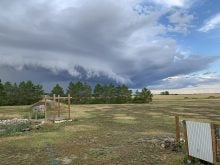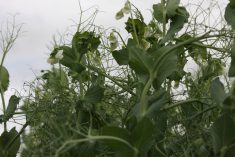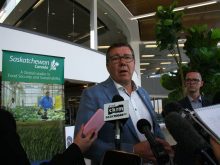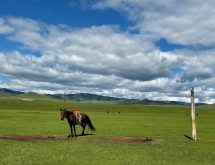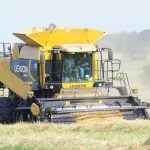Fall came early to parts of the Prairies this month, with cool, wet weather slowing harvest progress.
Saskatchewan’s harvest started early but now sits where it normally does at this time of year.
Parts of Alberta were delayed by a wet spring and weather caused more delays to the growing season.
Rain showers were sprinkling Lacombe, Alta., Aug. 27 as Phil Thomas of Agri-Trend Agrology detailed the plight of Alberta farmers.
The senior agri-coach said some areas have seen rain every day or two. Areas including Smoky Lake received more than 75 millimetres.
Read Also
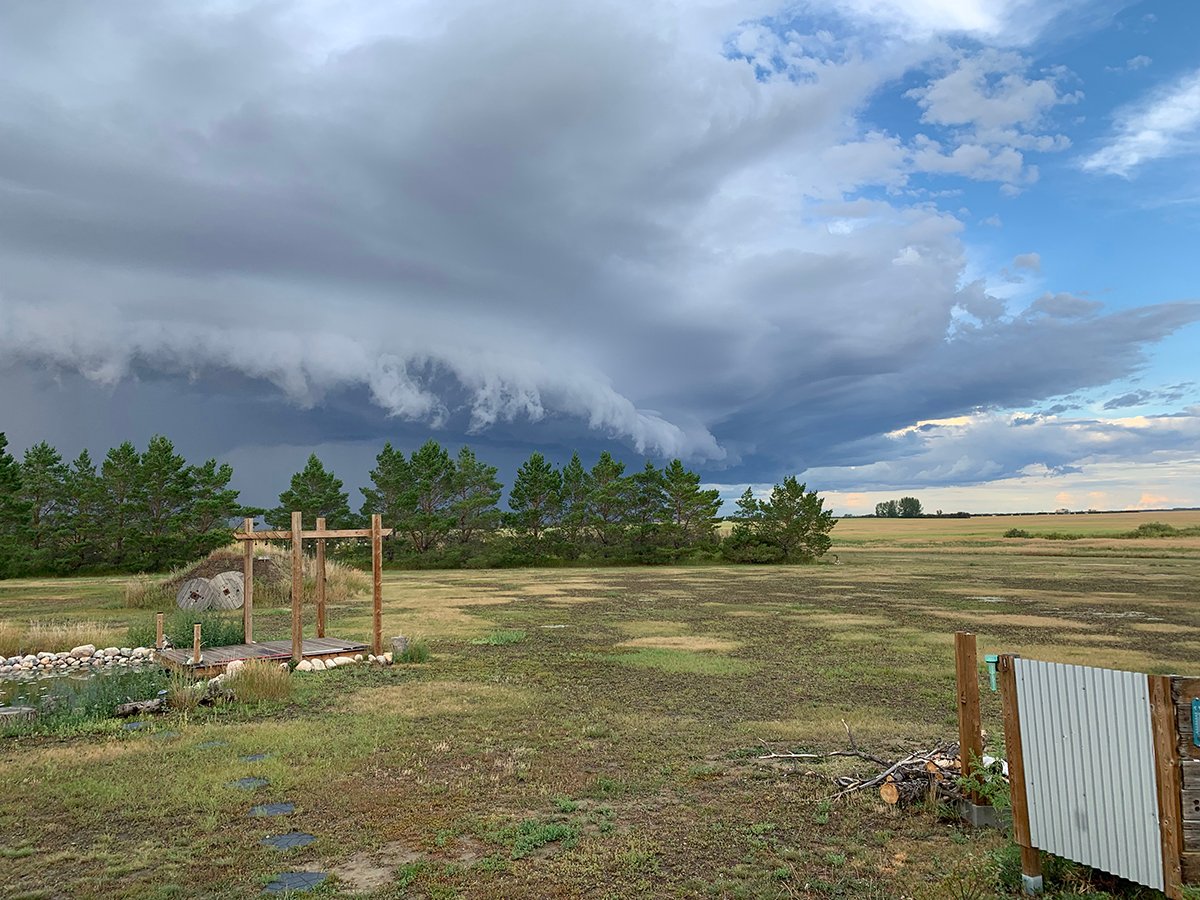
Storm dynamics and extreme rainfall
Besides moisture, instability and orographic lift, the next biggest factor that contributes to heavy or extreme rainfall is storm dynamics.
A cool growing environment is familiar to most in Alberta, due to its higher elevation and fewer degree-growing days.
Thomas said the south is in the best shape, with most of the dryland acres combined from Calgary south. Irrigated acres are still in the midst of harvest operations.
“They’re getting high temperatures while the rest of the province is getting cool temperatures and rain,” he said. “They’re on track, maybe a little bit behind.”
He said there is swathing in central areas and some early barley being combined. Forty percent of the canola crop is swathed, but some remains “grass green.”
Thomas said crops are coming off with average yields and reasonable quality.
Grant McLean of Saskatchewan Agriculture describes that province’s yields as disappointing.
The cropping management specialist at Moose Jaw said canola yields are the most disappointing because they experienced poor root development in a wet spring and flower blasting in the July heat.
“Yields are still quite good but lower than expected,” he said of crops generally.
Harvest was underway by early August but then slowed considerably as cool days, overcast skies and showers settled in. The south fared a little better than northern and central regions.
“It’s been a very slow harvest period for most producers,” McLean said.
Frosty thermometers were observed around the province, including Rosetown, Meadow Lake, Moose Jaw and Prince Albert, but the cold caused little obvious damage.
“It was not cold enough to cause tissue damage even in tame millet,” McLean said.
Disease caused problems for some canola producers this season, with aster yellows infestations detected in late-seeded fields.
Monsoon-like rains exceeding 100 mm in mid-August created flooding and other crop headaches for producers in the Saskatoon-Langham area.
“That’s really disruptive,” he said.
Scattered showers and cooler temperatures disrupted harvest progress only minimally throughout Manitoba.
“Harvest is happening, it’s just not happening as rapidly as on sunny 30 C days,” said Rob Park of Manitoba Agriculture’s crop branch. “We’re making really good strides here.”
The Dauphin and Swan River region is the least advanced while the central, eastern and Interlake areas are close to completing the cereal harvest.
Quality is very good on cereals. Most are grading No. 1 with good bushel weights and lower than expected fusarium levels.
Canola yields are variable and less than expected at about 25 to 40 bu. an acre.


